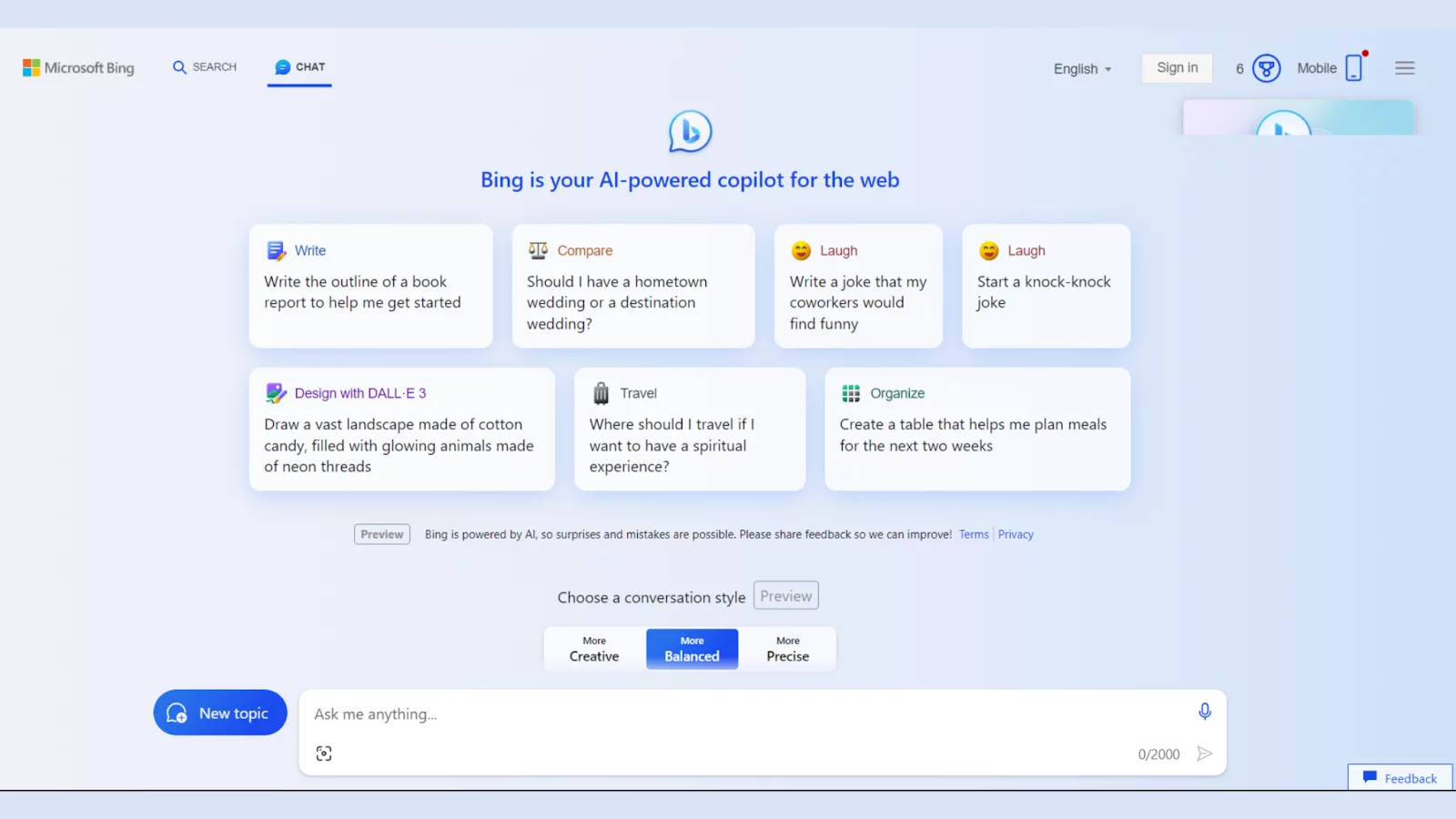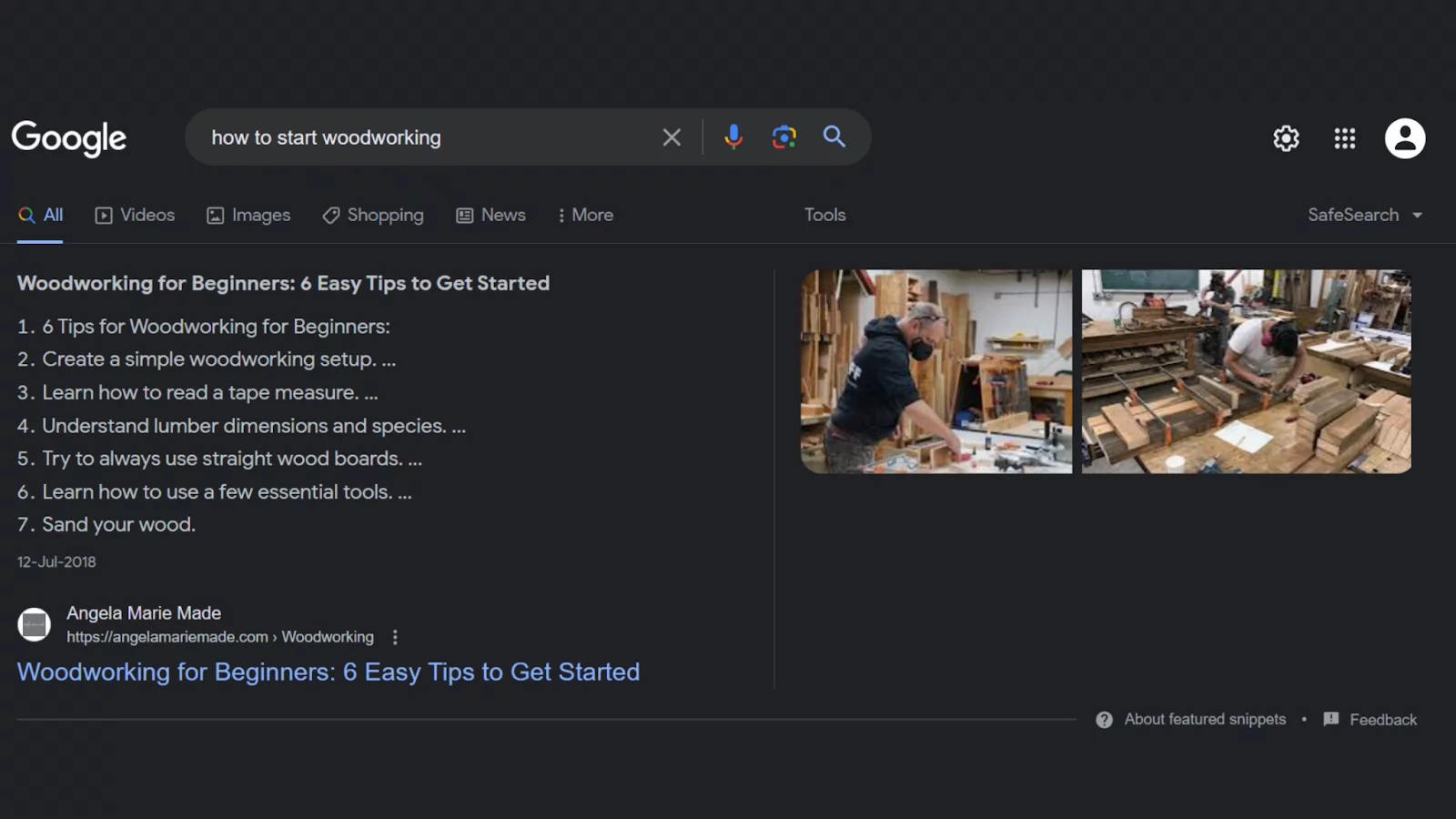
SEO trends are never static. Like the ever-changing winds, they change frequently, too. One way to stay ahead of competitors is by always staying updated with the latest SEO trends.
And this simple guide will help you just with that! Here are the 9 most important SEO trends for 2024.
These trends favor your website in the eyes of search engines, and as a result, your webpages might likely attract more visitors than ever!
Let’s dive straight into the latest SEO trends for 2024.
Webpage UX is now one of the significant ranking factors
UX stands for user experience, which has become one of the most important ranking factors in the SEO domain.
User experience is one of the areas at the forefront of the Google priority list. The metrics that monitor the UX are known as Core Web Vitals, and Google is actively tweaking them.
One of the metrics called First Input Delay (FID) is now being replaced by the newer one called Interaction to Next Paint (INP). The changes are expected to take place by early March 2024.
INP measures how quickly a page responds to the user’s responses, like clicking a link or button. Your INP score results from the time it takes for the web page to display a new page from when you first interacted with any of its elements.
Regular INP optimizations and score checks are bound to help your rankings by a healthy margin.
An INP score of 200ms is considered ideal, according to Google. Anything between 200 ms and 500 ms suggests room for improvement, and lastly, anything above 500 ms is a poor score and must be acted upon.
Check out this guide from Google on how to optimize for INP.
Helpful, Expert Content Is More Favored
Google had recently rolled out two essential updates that were concerned with the company’s evaluation of the content that gets published on its search engine.
Google added a handbook titled “Experience” to its Search Quality Rater Guidelines in December 2022. This is the same handbook the raters use to evaluate the quality of the search results on the engine.
Hence, there has also been an extra “E” addition to Google’s famous EAT acronym, which denotes Experience, Expertise, Authority, and Trust. The newer “E” here represents Experience.
The other “Helpful content update,” rolled out in the same month (December 2022), concerns itself with encouraging genuinely helpful and informative content that provides valuable insights useful to the reader.
This update also tries to tackle the problem of the mass-AI-generated content that is created with the sole purpose of ranking in the search engine with no intent whatsoever towards helping the readers genuinely.
Voice search is more popular than ever
Personal assistants like Apple’s Siri, Amazon’s Alexa, and Google Assistant have gained popularity in recent years. And the popularity is only considered to keep on increasing.

With these personal assistants, the hand-held Experience will finally see some rest in the case of some people, and the voice search will take over in many instances.
Sites should hence also be optimized for voice search queries, and this is crucial as, according to the research by UpCity, 50% of the U.S. population use voice assistance on a daily basis.
And you don’t want to potentially miss out on all that traffic!
AI is now Answering Search Queries
The AI age has already arrived, and you must be the few who invite it with open arms as it has a lot of success stored for the opportunists.
Generative AI is the AI that can create new content on a whim based on the content that it was previously trained on, and this is important for a search engine as it can formulate a quick summary as a response based on the query.
This saves the users some seconds of their time, which would have been lost scrolling through the first results page looking for the right article.
This generative text feature can now clearly be seen in the Google search results, where it is currently an experimental feature but soon is bound to make one of the cornerstones of the Google search engine.
Google’s generative AI tool has been named Bard, and Bing’s is Bing AI, which is pretty straightforward.


This trend will present the information before them without them having to click on the sites. However, not all answers are present in the summary.
Hence, informative, authoritative sites will still be the ones that people will choose to visit despite the convenience of the Generative AI feature.
Also read: 8 Best AI ChatBot To Boost Your Business In 2023
AI Copywriting Tools Will Accelerate Content Creation
Not only are the search engines benefiting from the AI integration, but new copywriting tools are also being introduced almost every single day.
These tools are powerful in terms of creating repetitive content like product descriptions at a whim, and this convenience is what makes them so powerful.
These AI copywriting tools create content by entwining the concepts of Natural Language Processing (NLP) and machine learning. People can use them to write anything from ad copy to blog posts, product descriptions, and company slogans.
So, rather than having to write everything from scratch, content teams might just collaborate and produce large volumes of content in a short time.
And since prompts control these AI tools, prompts with the latest SEO trends in mind are bound to save the content teams a lot of time.
Also read: Top 8 AI SEO Tools To Improve User Experience
Visual Search is more popular now “More Advanced“
With so many search options, the users are busy trying the waters of every one of them, voice or visual search.
Recent research published by Insider Intelligence concluded that 30% of U.S. adults aged 34 and younger have used visual search for shopping at least once.
With Bing Visual Search, users can use their camera to look for similar products online or upload a photo from their gallery and find a matching product.
Google’s visual search tool, Google Lens, is the most widely used. And just like the Bing Visual Search, it can also look up a matching image to the one that you have saved up in your phone’s gallery.

Fun fact: Google Lens is responsible for 10 billion visual searches per month, and it was a mere 3 billion in 2021!
From this alone, you can gauge the trend’s popularity, and hence, it would be wise to make sure your images are SEO-optimized and ready to be shown in the relevant search results.
Video SEO is becoming essential
YouTube is one of the most popular search engines. And we know that it is all about videos! Even Google sometimes suggests YouTube videos in its search results, and they are always at the top.
This is primarily the case when the topics that people are browsing are mainly how-to tutorials or music.
If you search “How to Cook Chinese,” you’ll soon be shown a handful of videos front and center on your Google results page.

The video format is quite popular when it comes to consuming content, and hence, it should not be neglected by any means.
To ride the wave of this SEO trend, it is wise to make your videos along with the written content, assuming that you already have it.
Then, you have to SEO-optimize the videos by strategically giving them titles that are most relevant and bound to match the information in the video.
Ensure you do not ignore the closed captions, tags, and descriptions for better optimization.
Featured Snippets Are Evolving
Featured snippets, as the name suggests, are snippets of a webpage that answer a query well. Google is experimenting with these, and changes can be seen now and then.
For example, if you search “How to start woodworking” on Google, the results page will show you a feature snippet at the top of the results page. This position is often referred to as “position zero.”

There are a few kinds of featured snippets. Some favor answers, paragraphs, and lists, while some feature tables and definitions. It entirely depends on the type of user’s query and overall information present to support it on the search engine.
Aiming for “position zero” means optimizing your web pages with good SEO. Do you see how everything is connected when it comes to SEO? Simple things matter the most!
Image SEO revitalized
Every webpage has images. Even this guide features a handful of them. A webpage with an image is complete, and only in exceptional cases can the same not be said.
Like web pages that compete for the first position in the search results, images do the same things, but on the “Image” results page.
Images can also help you include additional keywords, which was not possible on the web page as it might confuse the search engine about the post.
The famous crawls of the search engine use the Alt text and schema markup of an image to make sense and attach context to the webpage and even vice-versa.
Not only that, but Alt text, in general, is a helpful option for people who are visually impaired and even for the ones who lack a stable enough connection to load up the entire image.
Pro tip: Lightweight images load quicker, and search engines are known to favor such webpages. Also, it is a good user experience for the readers.
Conclusion
In the ever-changing winds of SEO trends, it is vital for you as a business owner to stay on top of the latest ones. In this guide on the 9 Most Important SEO Trends for 2024, we saw precisely which ones to keep at the front and center.
While the fundamentals like high-quality, informative content, relevancy, and optimization for the latest SEO trends remain the same, newer trends like website, web page UX, and integration of generative AI on the search results pages will surely be one of the prominent deciding factors on how the dynamics of SEO will work.
FAQs
What are Core Web Vitals, and why are they so important in the latest SEO trends?
Core Web Vital metrics are concerned with assessing the metrics that are responsible for evaluating the user experience (UX) of a website. The reason they are essential as as part of SEO trends in 2024 is that Google has started using them as a reference for ranking web pages across their search results.
What are featured snippets on Google, and how can I get featured at the ‘position zero’ in the search results?
Featured snippets are the search results that directly answer user queries. To aim for “position zero,” create content that is straight to the point and well formatted across its entire page length, answers common queries, uses structured data, and follows SEO best practices.



